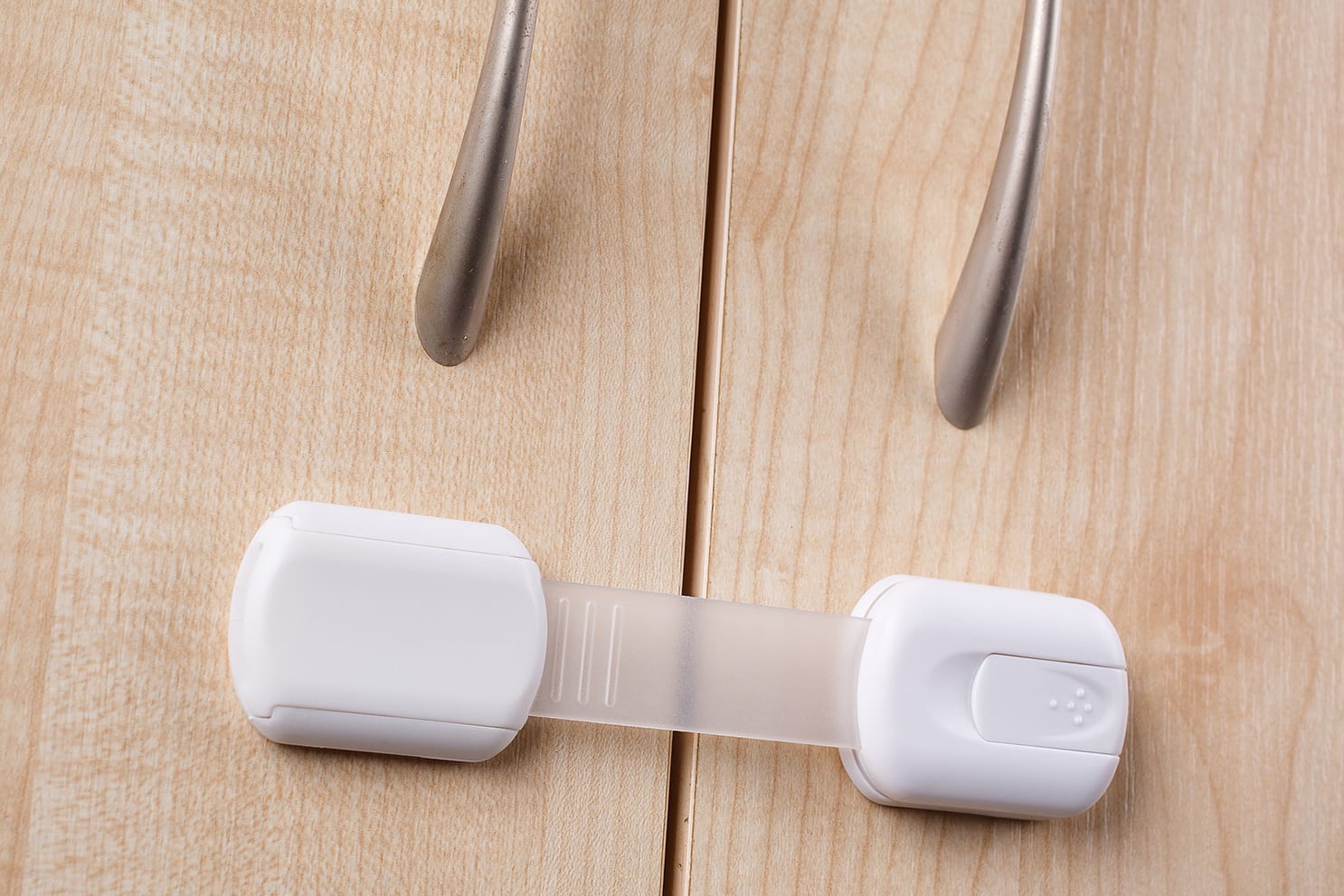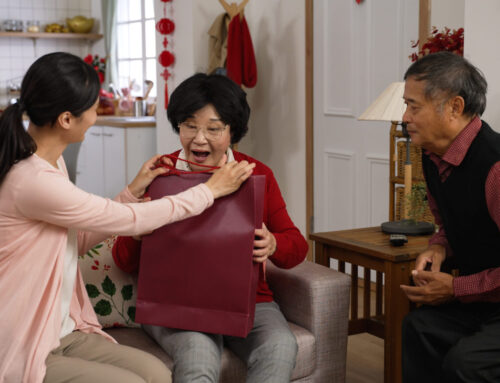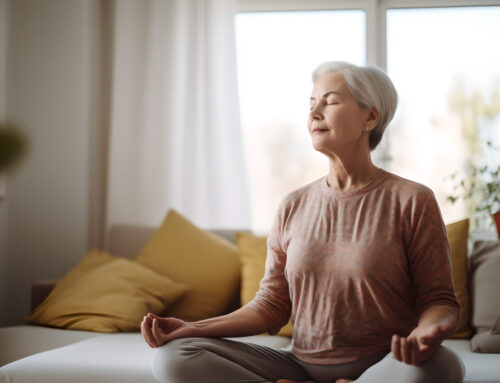Those diagnosed with Alzheimer’s will typically remain in their home during the earlier stages of the illness. If you’re caring for a loved one with dementia, one of the first of your many responsibilities is providing a safe environment.
Be prepared to review and update any needed safety measures to meet your loved one’s needs. With this progressive illness, providing a secure environment may become more of a challenge in the future. Symptoms will continue to increase so you’ll need to be ready to adapt.
Alzheimer’s and home safety – what to consider:
There are steps you can take to increase safety for your loved one. Begin by walking through the home and carefully looking for any possible hazards. As their behavior and temperament begin to change, you’ll need to make sure any safety measures are also keeping pace.
A partial list of steps when considering Alzheimer’s and home safety is provided below by the National Institute on Aging. Not all items mentioned below will need to be implemented now, but tailor your efforts to the needs of your family member.
General home safety measures
- Clearly display a list of emergency numbers and the home’s address in a central place that can be easily found by others.
- Install smoke alarms and carbon monoxide detectors near the kitchen and all sleeping areas.
- Install locks on all outside doors and windows.
- Install alarms to notify you if a window or door is open.
- Consider hiding a key outside in case you become locked out of the house.
- Avoid extension cords and keep lamp cords out of the walking path to avoid tripping.
- Make sure each room has adequate lighting to eliminate shadows or dark areas.
- Ensure stairways have at least one handrail. Attach a gate if necessary.
- Keep all medications locked, including prescriptions and those which are over-the-counter.
- Keep all alcohol in a locked cabinet or out of reach of the person with Alzheimer’s.
- Keep rooms clutter-free and furniture out of the walking paths.
- If there are weapons in the home, keep them locked up.
- Lock up all power tools and machinery in the garage and basement.
Tips for kitchen safety
- Install childproof latches on storage cabinets and drawers. Lock away all cleaning products, knives, scissors, small appliances and anything valuable.
- Install safety knobs and an automatic shut-off switch on the stove.
- Remove artificial fruits and vegetables as they may appear edible.
- Use a night light.
Safety suggestions for bedrooms
- Anticipate reasons your loved one may try to get out of bed, such as hunger, thirst or pain and address them before they go to sleep.
- Install a monitoring device to alert you to sounds that could indicate your loved one has fallen or needs help.
- Use a night light in the room.
- Remove throw rugs.
Bathroom safety measures
- Don’t leave the person in the bathroom alone.
- Remove the lock from the bathroom door to prevent your loved one from being accidentally locked inside.
- Install grab bars in the tub or shower. Use contrasting colors to the wall to make them more visible.
- Set the water heater at 120 degrees F to avoid scalding tap water.
- Lock medications and cleaning products in a cabinet.
- Add a night light.
Outside area safety tips
- Keep steps clear and ice free.
- Mark the edge of steps with bright reflective tape.
- Eliminate uneven surfaces and remove any objects that could cause tripping.
- If you have a swimming pool, install a fence and keep it locked.
- Remove the fuel source and fire starters from any grills.
- Make sure outside lighting is adequate. Install sensors to turn on automatically.
How a memory care community can help
As Alzheimer’s and other forms of dementia are a progressive illness, the needs of your loved one can eventually exceed the ability of the family to provide care at home. It can also become more difficult to provide a safe environment, but safety must always be a priority.
Wandering is one behavior that can threaten the safety of the individual and can occur during any level of the illness. The person may leave home and not know how to get back or how to contact anyone for help. They can become afraid or anxious once they are out in an unfamiliar world.
One of the bigger benefits of a memory care community is how they are designed to not only provide a safe environment but one that is also able to support the independence and quality of life for their residents.
You may find hallways and common areas that allow the resident to wander without becoming agitated. Often, they have the freedom to go outside to a secured area without realizing there are restrictions to their movements.
Other safety features may include:
- Secured exterior doors
- Bells or alarms that alert when someone is at the entrance
- Monitoring those who come into or leave the building
- Enclosed courtyards
- Lighting to eliminate shadows and to help identify spaces
- Features that provide safety but also a sense of calm
Life at Tapestry Memory Care communities
We understand the challenges our families face when their loved one is living with Alzheimer’s or another form of dementia. If the time comes when more care is needed, we hope you will consider memory care at one of our communities. We know this isn’t always an easy decision to make and we are here to answer any questions that you may have.
Our staff is specially trained in the best practices and ways to connect with our residents. Our person-centered approach, services, amenities and activities all play an important role in helping both your loved one and your family live a meaningful and connected life.
If you would like more information, we invite you to download our complimentary guide which contains helpful information for families considering senior living, Should You Stay or Should You Go?
If you have any questions or would like to schedule a personal tour, please contact one of our advisors at a community near you.






